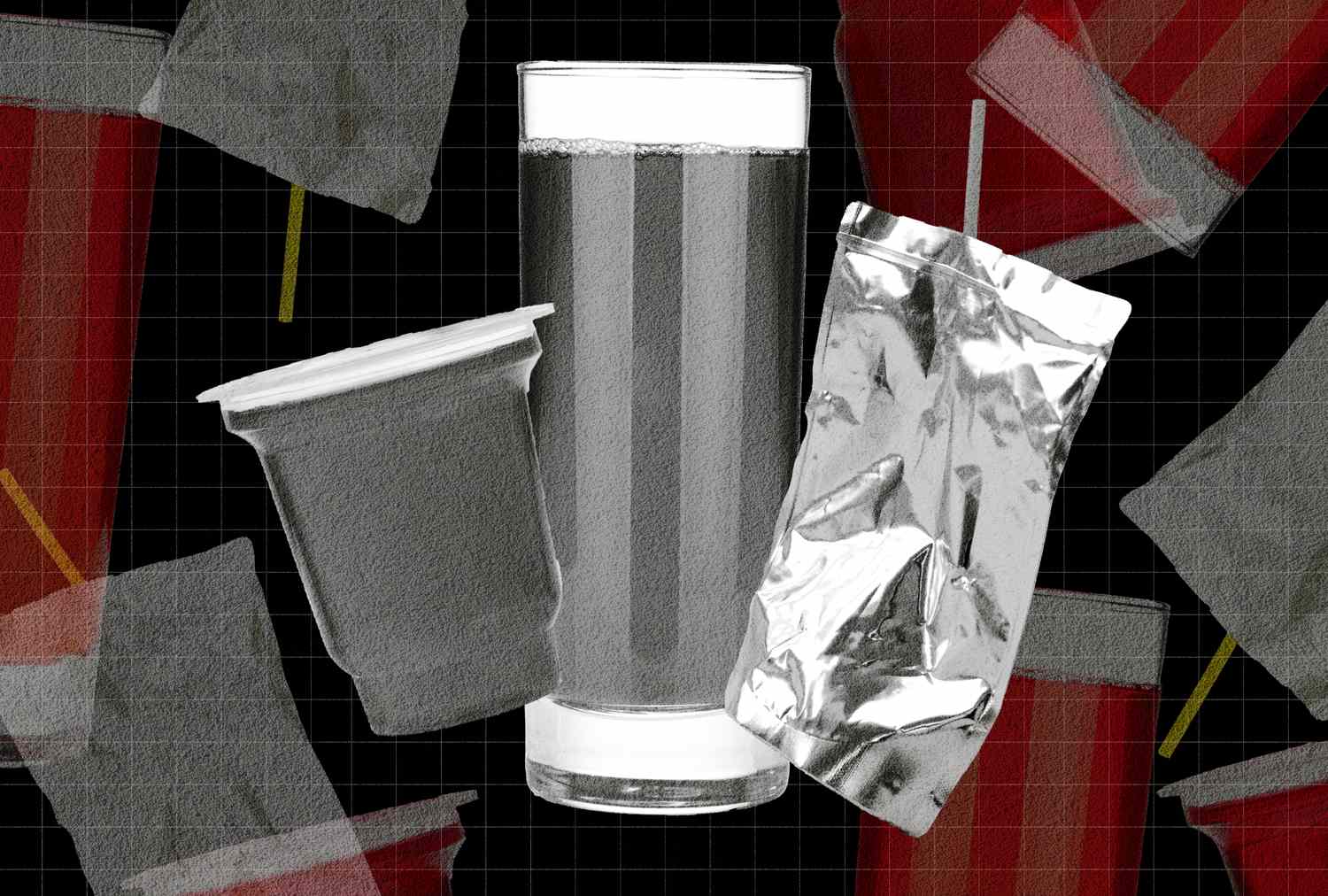Blog
Jell-O, Kool-Aid to Remove Food Dyes from All Products

- Kraft Heinz will remove synthetic food dyes from all of its brands by the end of 2027.
- Future products from Kraft Heinz brands will be free of artificial dyes, starting immediately.
- Dye removal won’t affect flavor; some foods may look different but taste the same.
Amid the U.S. Food and Drug Administration’s proposed food dye ban, companies are taking action to remove synthetic dyes from their products ahead of time. Most recently, Kraft Heinz announced that the corporation will be removing food dyes from all of their U.S. products.
“The vast majority of our products use natural or no colors, and we’ve been on a journey to reduce our use of [food, drug and cosmetic] colors across the remainder of our portfolio,” says Kraft Heinz’s North America President Pedro Navio in a release.
While the food dye ban is timely, Navio notes in the release that removing food dyes from Kraft Heinz products has been a mission for the corporation in the past decade.
“In fact, we removed artificial colors, preservatives and flavors from our beloved Kraft Mac & Cheese back in 2016,” he notes. “Our iconic Heinz Tomato Ketchup has never had artificial dyes—the red color comes simply from the world’s best tomatoes. Above all, we are focused on providing nutritious, affordable and great-tasting food for Americans and this is a privilege we don’t take lightly.”
The following food brands’ products may start looking different within the next couple of years: Classico, Country Time, Crystal Light, DeliMex, Heinz, Jell-O, Jet-Puffed, Kool-Aid, Kraft, Lunchables, Mio, Ore-Ida, Philadelphia, Smart Ones, Velveeta and Weight Watchers from Heinz.
While not all Kraft Heinz brands may sell products that contain synthetic dyes, the announcement notes that all future new products from each of these brands will be free of artificial dyes, effective immediately. And the brands that do use food dyes, like Jell-O and Kool-Aid, are set to change their formulas to remove dyes like Red No. 40 from their products by the end of 2027. Food dyes don’t typically cause flavor differences, so these foods may look different, but they shouldn’t change in taste.
There is minimal research to suggest that synthetic dyes are the root cause of health complications. However, there is ample research to show that eating ultra-processed foods regularly can increase your risk of health conditions like psoriasis, cardiovascular disease and high blood pressure, among others. Avoiding food dyes may not be the answer to better health, but limiting ultra-processed foods could be, and eating fewer UPFs will cause you to eat less food dye.
At EatingWell, we hold the firm stance that any food and drink can be included in a healthy eating pattern when done so in moderation. So overall, you shouldn’t fear food dyes, but we support any personal preference if you’d rather limit them from your diet.












